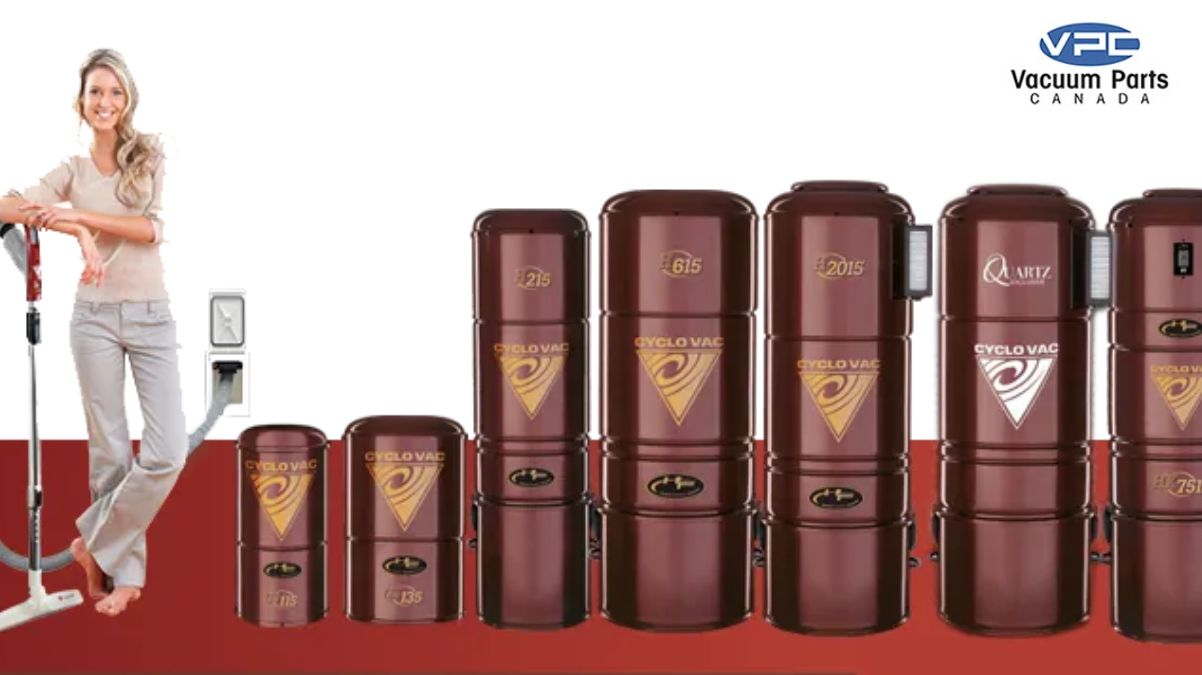A wet and dry vacuum cleaner is a multifunctional tool that easily takes care of any problem in the home, from liquid spills to heavy debris. On the other hand, the machines, although strong and handy, need careful maintenance to guarantee both the safety and effectiveness of the operations. Herein we will be learning about some of the key safety tips you should keep in mind while operating your wet and dry vacuum cleaner in order to have a successful, safe, and efficient cleaning.
1. Read and Follow the Manufacturer’s Instructions
Before you begin with your wet and dry vacuum cleaner, the first step is to read through the manufacturer’s manual carefully. The guide addresses your particular model and thus will be useful for you to know the machine's parts, along with the operational instructions and safety measures. This very important step will prove to be a blunder if not treated in the right way which will result in damage to both the vacuum and your property in general.
2. Inspect Your Vacuum Cleaner Before Use
Always examine your wet and dry vacuum cleaner before plugging it in. Check for any visible damage to the power cord, hoses, or filters. A damaged cord can lead to electrical hazards, while worn-out parts may reduce the vacuum’s performance or compromise safety.
3. Use Proper Attachments for Different Tasks
Wet and dry vacuum cleaners come with various attachments designed for specific tasks. For instance, a wide nozzle might be suitable for wet spills, while a crevice tool is better for reaching tight spaces. Using the appropriate attachment ensures effective cleaning and minimizes potential damage to the vacuum.
4. Ensure Proper Grounding
If your wet and dry vacuum cleaner is designed with a grounding plug, ensure that it is connected to a properly grounded outlet. Grounding reduces the risk of electric shock, especially when dealing with wet surfaces. Never remove the grounding pin or use a non-grounded adapter.
5. Avoid Vacuuming Hazardous Materials
Despite the fact that it can clean up plastic wrap or such other things, there are ingredients it shouldn't suck in. Flammable liquids, hazardous materials as well as hot ashes are serious safety issues. The vacuuming of these materials might cause fires, emission of hazardous gasses and the electric failure of the vacuum cleaner's motor.
6. Wear Personal Protective Equipment (PPE)
To implement individual protection, reduce air-tight seal accidents and work in dusty conditions, it is prudent to wear personal protective equipment. That may come in the form of gloves, masks, and goggles, or each of them respectively considering the danger that is created. PPE is the safety tool, which makes the user protected from dust, debris, and liquid splashes, thus PPE guarantees a safer work environment during cleaning.
7. Empty and Clean the Vacuum Regularly
A vacuum cleaner's tank can be one of the important tips for maintenance, and you should regularly empty it, especially after collecting liquids. If water has been allowed to sit in the tank for a longer period, it will cause unpleasant odors, mold growth, and bad cleaning. After that, you need to wash the tank with water and soap to keep it hygiene-proof and effective.
8. Use the Correct Filters for Wet or Dry Cleaning
Your wet and dry vacuum cleaner likely has different filters for wet and dry cleaning. Ensure that you have the correct filter installed for the task at hand. For instance, using a dry filter for liquid pickup could lead to water damage in the vacuum's motor, whereas a wet filter should not be used for dry debris as it might clog easily.
9. Keep the Vacuum Away from Power Sources When Cleaning Liquids
When vacuuming liquids, be mindful of the location of nearby electrical outlets and power sources. Accidental splashes or contact with water could lead to short circuits and electrical hazards. Keep the power cord elevated and away from wet areas as much as possible.
10. Operate Your Wet and Dry Vacuum Cleaner in a Well-Ventilated Area
Operating in a well-ventilated space is crucial, especially if you’re using the vacuum for cleaning up chemicals or substances that may emit fumes. Proper ventilation ensures that any potentially harmful airborne particles disperse quickly, reducing health risks.
11. Turn Off and Unplug When Not in Use
When you're done cleaning or taking a break, always turn off and unplug your wet and dry vacuum cleaner. This simple step prevents accidental startups, reduces energy consumption, and minimizes the risk of electrical hazards or damage to the appliance.
12. Store Your Vacuum Safely
Finally, storing your wet and dry vacuum cleaner correctly is essential for safety and longevity. Ensure that it is stored in a dry area, away from direct sunlight and excessive moisture. Proper storage prevents damage and keeps it in good working order for your next use.

Conclusion
A wet and dry vacuum cleaner is a valuable piece of equipment that can effectively keep your house or office clean and orderly. Along with these safety tips, you can use your vacuum with the utmost efficiency and without doing harm either to yourself or your belongings. Maintenance should be monitored regularly; caution must be exercised when using electricity and liquids. Good habits ensure that your robot vacuum will stay your most faithful household ally for a long time.





Leave a comment
This site is protected by hCaptcha and the hCaptcha Privacy Policy and Terms of Service apply.